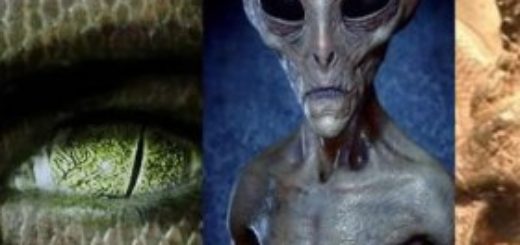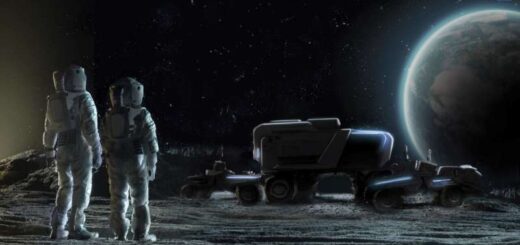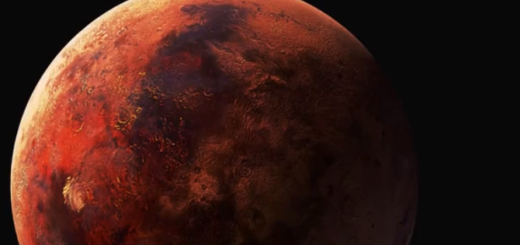Astronomers Find One of TRAPPIST-1’s Planets Is Home To Vast Oceans

TRAPPIST-1 is probably one of the coolest solar systems ever discovered to date. Not only because of its cheesy name but because astronomers say it is home to seven rocky planets, some of which may host life.
Ever since we spotted the alien solar system, astronomers have wondered what the planets orbiting the ultra-cool red dwarf star are like, and whether there is a chance that some of those planets may host alien life.
Located 39.6 light-years (235 trillion miles) away from Earth, the red dwarf has given astronomers up’s and downs.
Out of the seven planets that orbit it, three are located in the so-called Goldilocks zone, an area around a star where the temperature is just right – not too hot and not too cold – for liquid water to exist on the surface. The other four planets may possess small amounts of water somewhere on their surface.
Subsequent studies have shown that the star–TRAPPIST-1 –may have burned off any atmosphere the planets once had.
This came as bad news for scientists hoping life could exist on the surface of the alien worlds.
Several studies resulted in different views and opinions. Some claimed the planets were ideal for life, while other scientific papers contradicted that theory.
Now, a new study offers an optimistic scenario for at least one of the planets orbiting the ultra-cool red dwarf.
Scientists say that TRAPPIST-1e has all the necessary characteristics to sustain a vast ocean on its surface.
Where there is water, there could be life.
Experts from Washington University have published a paper in The Astrophysical Journal, and based on a number of models and simulations, they suggest TRAPPIST-1 e, could be an Earthlike ocean world worth further study.
Scientists looked at the different (possible) atmospheres on each of the seven planets orbiting TRAPPIST-1.
Briefly put, they discoed that because of the stars bright early stellar phase, all seven planets may have evolved like Venus, with any early oceans they may have had evaporating and leaving dense, uninhabitable atmospheres.
But one of those planets, TRAPPIST-1 e, is most likely an Earthlike ocean world
“We are modeling unfamiliar atmospheres, not just assuming that the things we see in the solar system will look the same way around another star,” explained Andrew Lincowski, UW doctoral student and lead author of the paper published in the Astrophysical Journal.
“We conducted this research to show what these different types of atmospheres could look like.”
Scientists explained that this new study differs from previous papers since it “tries to do the most rigorous physical modeling that we could in terms of radiation and chemistry — trying to get the physics and chemistry as right as possible.”
Their modeling suggests that:



 Creators of mankind
Creators of mankind Description of “Tall white aliens”
Description of “Tall white aliens” Where they came from?
Where they came from? About hostile civilizations
About hostile civilizations The war for the Earth
The war for the Earth “Tall white aliens” about eternal life
“Tall white aliens” about eternal life Video: “Nordic aliens”
Video: “Nordic aliens” Aliens
Aliens Alien encounters
Alien encounters The aliens base
The aliens base UFO
UFO Technology UFO
Technology UFO Underground civilization
Underground civilization Ancient alien artifacts
Ancient alien artifacts Military and UFO
Military and UFO Mysteries and hypotheses
Mysteries and hypotheses Scientific facts
Scientific facts


















